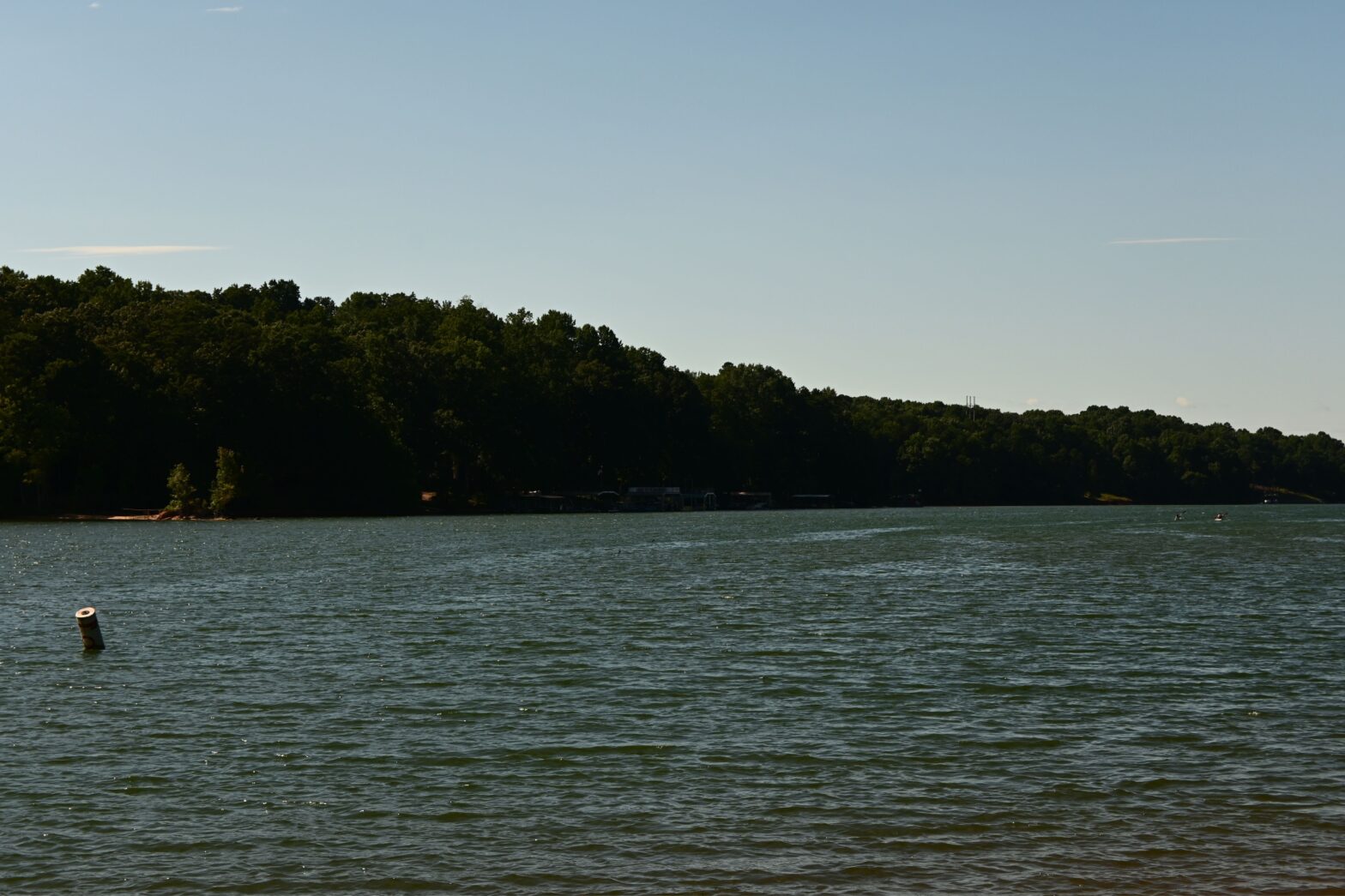A man electrocuted to death at Lake Lanier has sparked another intense debate about the lake’s safety. Authorities responded to reports of a possible drowning on July 27, finding 24-year-old Thomas Milner unresponsive.
The Forsyth County Sheriff’s Office said Milner jumped into the lake from his family’s dock. He screamed for help, prompting a family friend to grab a ladder to rescue him from the water. When that didn’t work, neighbors on a boat tried diving into the water to pull him out but reported feeling a burning sensation they recognized as an electric shock.
The neighbor swam to shore to turn off the power box before returning to the water to pull Milner back to shore.
Milner’s uncle administered CPR before emergency medical crews responded to the scene. He died the next day in the hospital.
While authorities investigate the incident’s circumstances, a preliminary investigation suggests electrocution. Authorities have not released any information about what led to the water being electrified.
According to the American Boating Association, swimming near boating docks can be deadly because boats can leak electrical currents into the water. The silent and unidentified killer is called Electric Shock Drowning (ESD). These kinds of deaths and injuries are entirely preventable.
“When several boats get together, they can pass current back and forth and create a really unsafe field, and a really unsafe area to swim in,” Bobby Schultz, marina manager at the Beaufort Yacht Basin, tells WATE. “You could jump in water that looks perfectly safe [and] next thing you know, you’re shocked.”
ESD can happen to anyone who swims in a freshwater lake. Electric currents are invisible, and that’s what makes it extremely dangerous. The best thing swimmers can do is stay out of the water if multiple boats are in the area.
Lake Lanier’s Deadly History
Milner’s tragic death at Lake Lanier has brought the lake’s eerie history back into the spotlight. The manmade lake is famous for being deadly and haunted, with many people advocating for the lake to be “drained, cleaned, and restored.”
More than 6,000 people have signed an online petition started by Tameka Foster, the ex-wife of Grammy award-winning artist Usher. Her son died at the lake in 2012 after a watercraft struck him as he floated in an inner tube.
Located in North Georgia, just 60 miles from Atlanta, the more than 600 miles of shoreline borders five counties, including Hall, Forsyth, Dawson, Gwinnett, and Lumpkin, making it the largest lake in Georgia.
The lake was created and built-in 1957 by the U.S. Army Corps of Engineers to manage navigation and flood control from the Chattahoochee River. The lake was also designed to supply water for residents in the city of Atlanta.
More than seven million people visit the lake each year. According to the Georgia Department of Natural Resources, more than 200 deaths at the lake occurred between 1994 and 2022.
The lake’s popularity doesn’t correlate with the high number of fatalities. Lake Allatoona is just 40 miles west of Lake Lanier, and while it attracts similar numbers of visitors each year, it has one-third of the deaths, as The Washington Post points out.
One theory of why there’s an unusual number of deaths in Lake Lanier is because of its wrongful past.
When Lake Lanier was created, the U.S. government purchased more than 50,000 acres of farmland, forcing more than 250 families – primarily Black – to leave their homes. There were approximately 20 cemeteries at the time, and it’s believed those graves are still underneath the lake.





